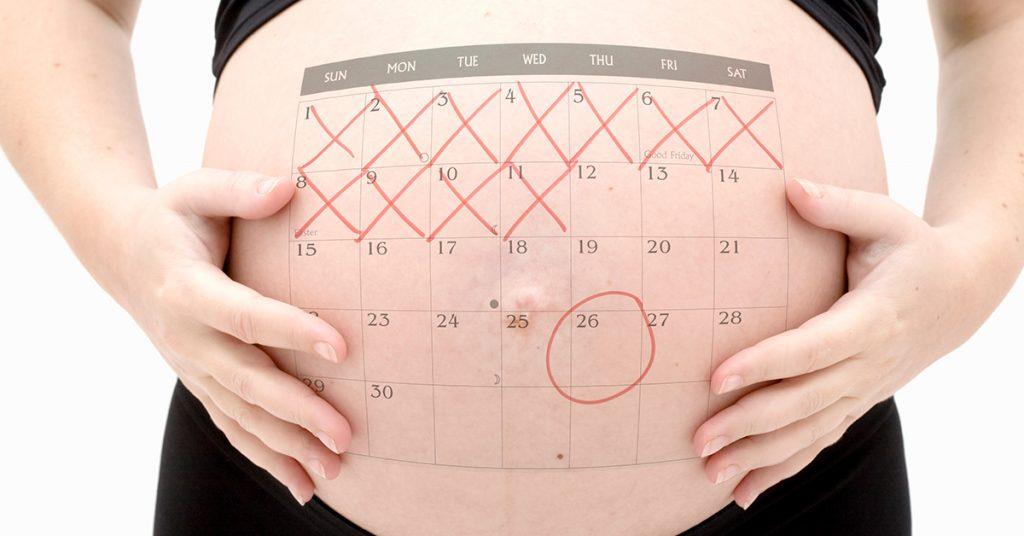


It is a more accurate measure in early pregnancy than it is in later stages. Ultrasounds can be used to measure a fetus as early as five or six weeks following the mother's last menstrual period. Of course, the standard answer is 40 weeks, but like with most. An ultrasound used in the context of examining the progress of the fetus in pregnant women is referred to as an "obstetric ultrasound." This is done in real-time and is a fairly standard procedure that is part of prenatal care in many countries, as it can provide information about the health of the mother and embryo/fetus, as well as the overall progress and timing of the pregnancy. One of the first things most newly expecting parents want to know is when the babys due. Based on this due date, a range of possible conception dates can be calculated.Īn ultrasound, on a basic level, uses sound waves to create images of internal body structures. In cases like these, one of the more accurate ways to estimate gestational age is through the use of an ultrasound.Īn estimated due date, usually based on a sonogram, is typically obtained from a healthcare provider during a prenatal visit. Estimating conception date can also be more difficult for women who have irregular periods, or for those who don't remember the first day of their last period. The estimation of conception date is based on this, but is rarely ever exact since it is difficult to know exactly when ovulation occurs. There are a few methods that can be used to estimate the conception dates:Ĭonception usually occurs around 11-21 days after the first day of the last period of a woman who has a regular period. This calculator helps to estimate the date range of real conception and a possible range of days during which sexual intercourse might have led to conception. However, in reality, the baby was not conceived until ovulation and the fertilization of the egg, which usually happens at least 10 days after the first day of the mother's menstrual period.īecause there are many factors surrounding conception, it is difficult to pinpoint an exact date of conception. Often, gestational age, or the age of the baby, is calculated from the first day of the mother's last menstrual period.

When exactly did I get pregnant? Many women often ask this question when trying to figure out the exact day their pregnancy began. Typically, only 5% percent of women deliver on their due date.Related Conception Calculator | Pregnancy Calculator | Due Date Calculator When Did I Conceive? A very small number of babies are actually born on their due dates. This information can be helpful in determining your estimated date of delivery (EDD).Ī full-term pregnancy ranges from 37 weeks to 40 weeks and 6 days, so your actual date of delivery can be different from your estimated date of delivery, which is sometimes called estimated date of confinement, or EDC. If you are certain of your conception date (the date when you got pregnant), please tell your health care provider. However, if your periods are not regular or are not 28 days apart, your due date may be different from the "280-day rule." Your health care provider may order an ultrasound to more accurately determine your due date. Normally, your due date is 280 days (40 weeks or about 10 months - also known as 10 lunar months) from the first day of your last period. Because certain laboratory tests change throughout your pregnancy, knowing an accurate due date will also allow your provider to better track these tests, and, if it occurs, to manage preterm labor. Knowing your baby's due date will help your provider monitor your baby's growth more accurately. At your first prenatal exam, your health care provider will ask questions to try to predict your due date as precisely as possible. If you know the first day of your last menstrual period, you may have already estimated your baby's due date.


 0 kommentar(er)
0 kommentar(er)
